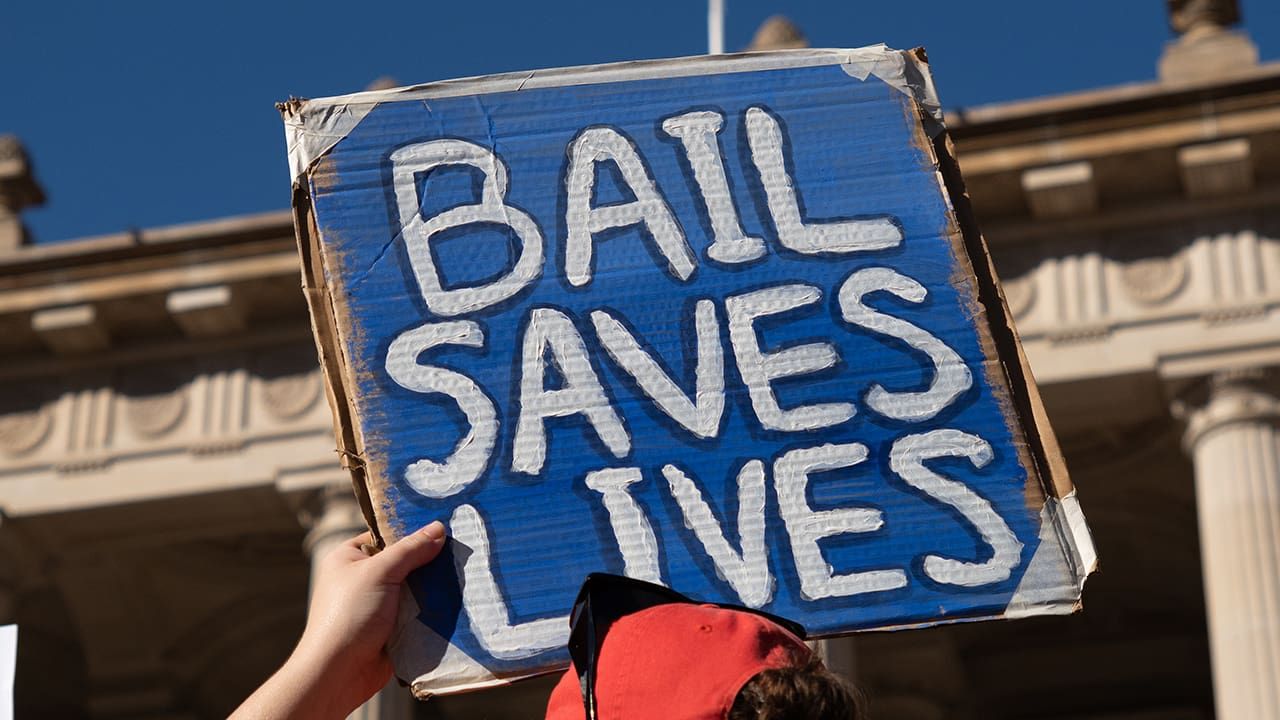Is an athlete’s contract worth the paper it’s written on?
Kells Lawyers • March 4, 2020
We’re just past the end of the FIFA transfer period, NRL and AFL are almost back for 2020 and the player market is in full swing with a number of athletes rushing to end their current playing contracts and sign with new teams, either for more lucrative deals or (more likely) because they prefer the colours of the jersey.
Every year we hear about athletes being ‘released’ from long term deals, and exasperated fans are left to wonder – is a contract worth anything anymore? What ever happened to one club players? Why can an athlete just give up on going to training and be rewarded with a long term deal?
In 2015, Daly Cherry-Evans broke the hearts of Gold Coast Titans fans when, shortly after signing a massive agreement, exercised his cooling off rights to stay with the Manly Sea Eagles. Fans of all teams and codes are understandably frustrated. Why, when an athlete commits to play for a team, are they then able to later break that deal and move on?
With thousands of sports leagues, each operating on different rules globally, for the sake of simplicity, this article focuses on the NRL and the factors influencing athlete movement in the league.
The salary cap
Professional sports leagues in Australia almost all operate under some form of salary cap. A salary cap is a mechanism to ensure that teams operate on the same talent budget, with the aim of preventing one or two wealthy clubs using their massive budgets to buy championships (see the Premier League in England). Another aspect of the salary cap is that it also sets a floor amount that must be spent on athletes each year (ensuring athletes are fairly compensated for their time, even if they aren’t superstars).
The effect of the salary cap is that a team needs to manage their budget year on year. While you might sign a young talent for a 5 year deal, the success you have as a club will raise that athletes value (we’ll talk about this below) or may make you a more attractive prospect for other talents – which makes it a difficult balancing act to fit your current stars and new prospects under a salary cap.
While it has some unfortunate side effects, most would agree a salary cap is generally a good thing to increase competitiveness and limit any single team’s dominance in the league.
The player market
Athletes have a changing value in the player market. A previously unknown athlete who has a good run of form, obtains representative selection or wins a final will become more highly sought after in the market. The club he or she has a contract with will likely be underpaying the athlete in comparison to what is available to the athlete on the market.
This is generally the side of sports the fans disagree with the most. Common sense tells us that when an athlete signs with a club for a price, both the club and athlete are wagering on the athletes future contributions to the club. The athlete is hedging against their value decreasing, while the club is hedging against the opposite. When the athlete’s value on the market dramatically increases, the club has won out and has made a great deal.
Of course, applying the same principles in any other workplace would not be well received. Most people do not sign fixed term employment contracts with fixed pay increases year on year. If you were performing well at your employment, you would expect to receive an increase in pay accordingly, or you might look for employment elsewhere. Criticising athletes for doing the same thing seems a bit unfair. It’s helpful to also remember that most athletes have a career of less than 10 years, and they need to make the most of their earning potential in that time.
Chemistry
Again, a sports team is a workplace, perhaps one where the relationships between employees (or the employees and management) has a profound impact on the productivity on the team’s performance. It is not difficult to find examples in any given team or any given code where a star has been signed to a large contract in a club, only to find the club is a poor fit, which impacts the athlete’s morale, which can have a detrimental impact on the athlete’s performance. Additionally, a long term, high dollar deal in and of itself can put large amounts of pressure on (often) young shoulders, and the weight of expectations can lead to poor performances. Further still, a move to a new club might mean a move away from friends and family, and positive influences away from sport that everyone needs to maintain their mental well-being.
In the circumstance where the chemistry isn’t quite right, it seems unfair to expect a athlete or team to see a contract out through its full term, and the parties should be free to agree to separate and find a better fit elsewhere.
Standard playing contracts provide teams and athletes with the flexibility to agree to vary terms, or exit the contract completely. In reality, athletes’ playing contracts can be influenced by a wide range of factors, both played out in public or bubbling under the surface. While as a fan, it can be upsetting to see your team’s hero in a rival’s colours, it’s often a case of a variety of complex factors that have arisen with the modernisation of professional sports into workplaces that ultimately have improved conditions for the athletes, and improved the product for the fans.
Image Credit - Cunaplus © Shutterstock.com

Kells has been delivering outstanding services and legal expertise to commercial and personal clients in Sydney and the Illawarra region for more than five decades. Our lawyers are savvy and understand your needs.
Subscribe
Want to get the latest articles and news delivered to your inbox?




